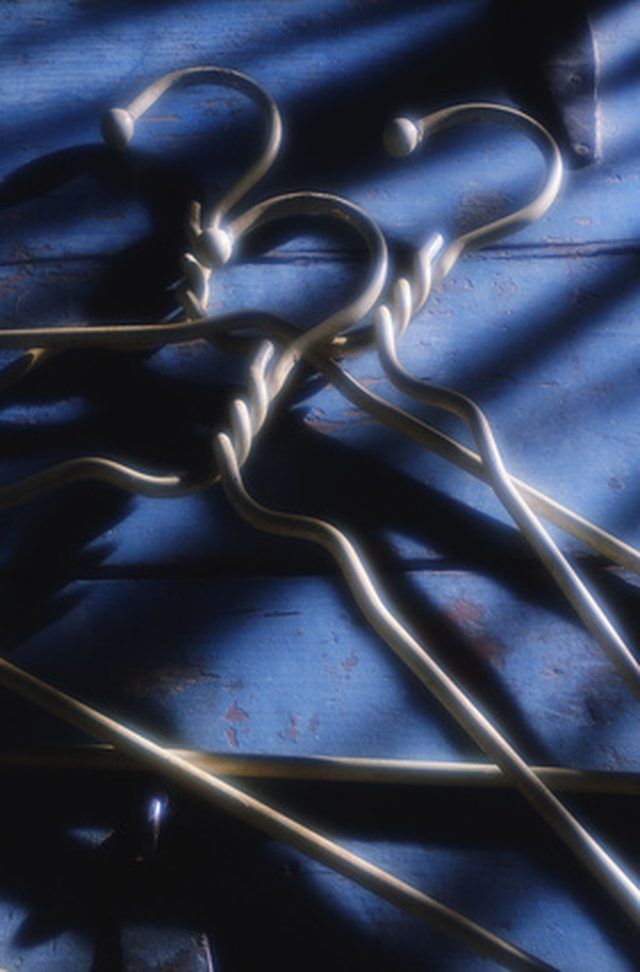Bulbs
Flower Basics
Flower Beds & Specialty Gardens
Flower Garden
Garden Furniture
Garden Gnomes
Garden Seeds
Garden Sheds
Garden Statues
Garden Tools & Supplies
Gardening Basics
Green & Organic
Groundcovers & Vines
Growing Annuals
Growing Basil
Growing Beans
Growing Berries
Growing Blueberries
Growing Cactus
Growing Corn
Growing Cotton
Growing Edibles
Growing Flowers
Growing Garlic
Growing Grapes
Growing Grass
Growing Herbs
Growing Jasmine
Growing Mint
Growing Mushrooms
Orchids
Growing Peanuts
Growing Perennials
Growing Plants
Growing Rosemary
Growing Roses
Growing Strawberries
Growing Sunflowers
Growing Thyme
Growing Tomatoes
Growing Tulips
Growing Vegetables
Herb Basics
Herb Garden
Indoor Growing
Landscaping Basics
Landscaping Patios
Landscaping Plants
Landscaping Shrubs
Landscaping Trees
Landscaping Walks & Pathways
Lawn Basics
Lawn Maintenance
Lawn Mowers
Lawn Ornaments
Lawn Planting
Lawn Tools
Outdoor Growing
Overall Landscape Planning
Pests, Weeds & Problems
Plant Basics
Rock Garden
Rose Garden
Shrubs
Soil
Specialty Gardens
Trees
Vegetable Garden
Yard Maintenance
How to Make Yard Fabric Stakes
How to Make Yard Fabric Stakes. Landscape fabric or plastic is used to keep weeds at bay under shrubbery or in garden beds. The fabric is laid over the ground before planting, with "X"s cut in for plants and topped with a layer of mulch. To keep the landscape fabric in place, secure it with landscape stakes, particularly where pieces...

Landscape fabric or plastic is used to keep weeds at bay under shrubbery or in garden beds. The fabric is laid over the ground before planting, with "X"s cut in for plants and topped with a layer of mulch. To keep the landscape fabric in place, secure it with landscape stakes, particularly where pieces overlap, at edges, and where holes have been cut for plants. Landscape stakes, also referred to as pins or staples, are U-shaped pieces of wire, designed to slip easily through the fabric and into the soil.
Things You'll Need
9- or 10-gauge galvanized wire
Wire cutters
Measuring tape
Wire hangers
Pliers
Low-cost Landscape Stakes
Measure out 13 inches of 9-gauge galvanized metal wire.
Clip with a pair of wire cutters. Make the cut at an angle, so the ends of the wire will pierce the landscape fabric more easily. Cut off 13-inches of wire for every stake you require. According to Home Depot's Garden Club, the minimum number of pins needed is one for every 5 to 10 feet of landscape fabric.
Measure 6 inches down the wire and bend at a 90-degree angle. Use pliers to make the bend if you can't do it with your hands. Measure down another inch, then make another 90-degree bend in the opposite direction, so you have a flat-bottomed "U." Repeat to make additional pins.
No-cost Landscape Stakes
Collect half as many wire clothing hangers as stakes needed for your landscape fabric project.
Measure 6 inches across the bottom of the hanger starting at the elbow from either side of the wire hanger and clip off at an angle with wire cutters. Measure 6 inches from down other side of the angle and clip. Make the same cuts on the other side of the hanger. You now have two pins that are somewhat "V" shaped. Repeat with the additional hangers.
Grasp the hanger wire with a pair of pliers an inch from the bend on the leg of the pin that has a more diagonal angle. Bend down the wire so the pin is now "U" shaped--you shouldn't have to bend much. Make the same bend on all the additional pins.
Tips & Warnings
The non-galvanized hanger wire pins will disintegrate over time.